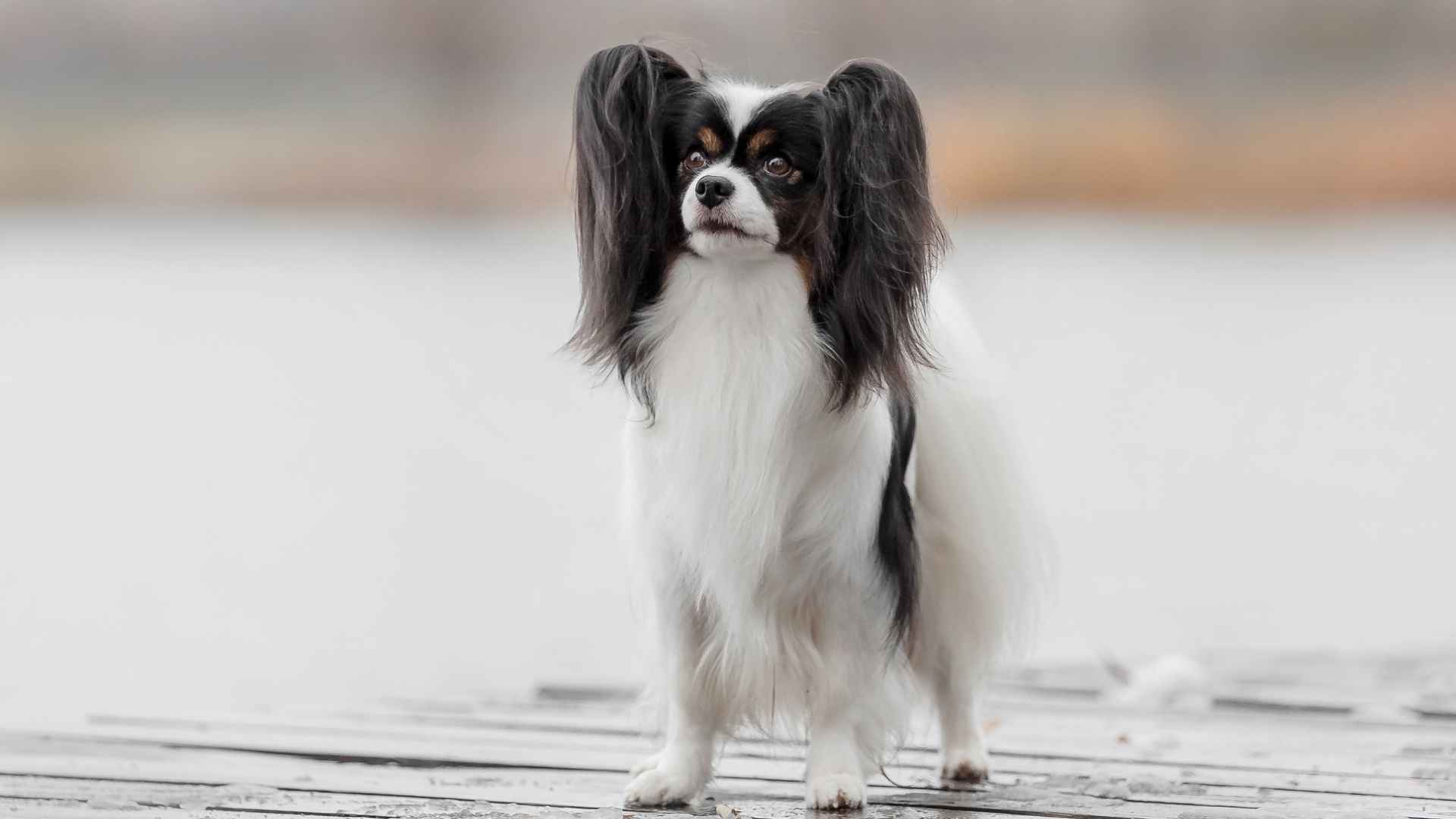Dogs have been humanity’s loyal companions for thousands of years, offering love, protection, and unwavering friendship. Yet, beyond their affectionate nature, some breeds stand out for their remarkable intelligence.
These brainy pups impress not only with how quickly they pick up commands, but also with their ability to think independently and solve problems in ways that often surprise—and sometimes outsmart—their owners.
Canine intelligence isn’t just about mastering tricks or excelling in obedience training. Experts agree that a dog’s smarts come from a blend of traits: quick learning, adaptability, memory, and even creative mischief.
In fact, the cleverest breeds often display behaviors that keep their humans on their toes—whether it’s figuring out how to open doors, retrieve hidden toys, or sneak an extra treat from the kitchen counter.
For dog lovers seeking a four-legged friend with both charm and brains, there’s no shortage of options. Here’s a closer look at the most popular brainy dog breeds everyone adores—and why their clever personalities make them unforgettable.
Popular Brainy Dog Breeds Everyone Adores
1. Papillon
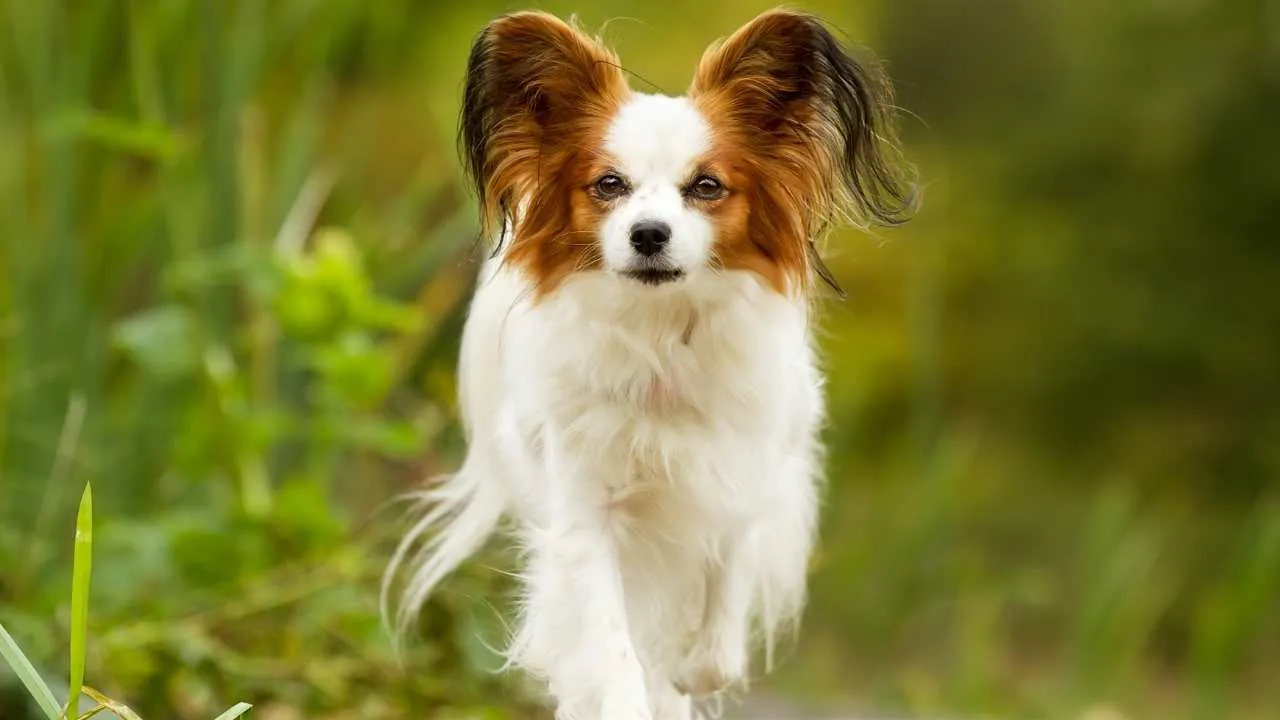
Also known as the Continental Toy Spaniel, the Papillon is a graceful, alert, and remarkably intelligent member of the toy group. Standing just 8 to 11 inches tall at the shoulder and weighing between 5 and 10 pounds, this dainty dog is instantly recognizable by its distinctive, wing-shaped ears—either upright or the drop-eared Phalène variety—that inspired its French name, meaning “butterfly.”
Beneath their silky, plumed tails and fine-boned elegance lies a hardy constitution and a big personality. AKC says that despite its refined appearance, the Papillon is a true dog’s dog with a strong and resilient constitution.
Originally bred as ratters in Europe, Papillons have charmed historical figures, including Marie Antoinette, and today excel in obedience and agility competitions, often dominating in their size category. Their white-based coats come in various color combinations, adding to their show-ring appeal.
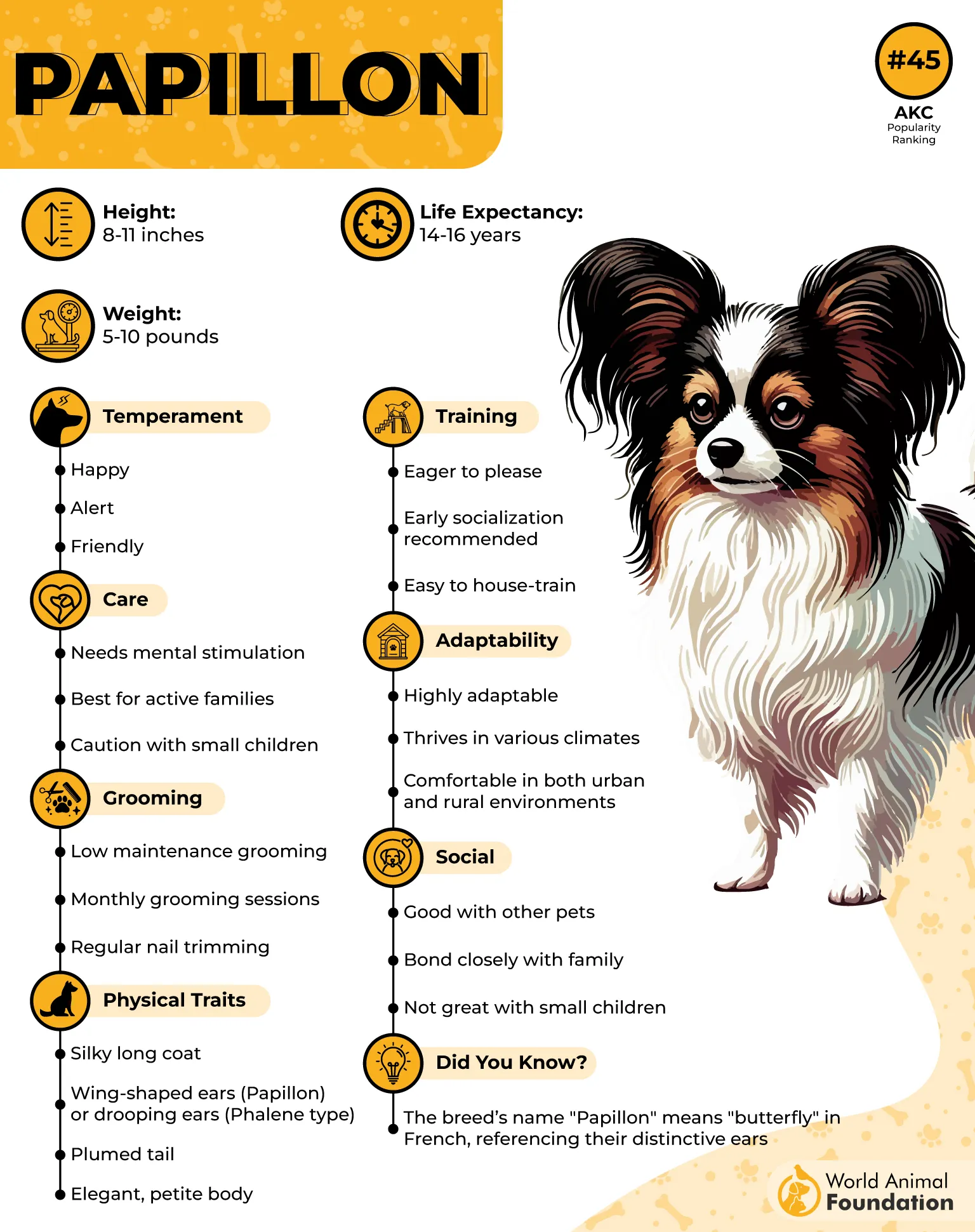
Exercise
Despite their petite size, Papillons are lively and need consistent daily activity to stay happy and healthy. Around 30 to 45 minutes of exercise—such as brisk walks, interactive play, or agility practice—keeps both their bodies and brilliant minds engaged.
Mental stimulation is just as important; puzzle toys and trick training are excellent ways to challenge their quick wits. They thrive in active households and adapt well to different environments as long as they’re given outlets for their energy.
Fun Fact: Papillons are the number one toy breed in obedience competitions, a testament to their sharp minds and eagerness to please.
2. German Shepherd
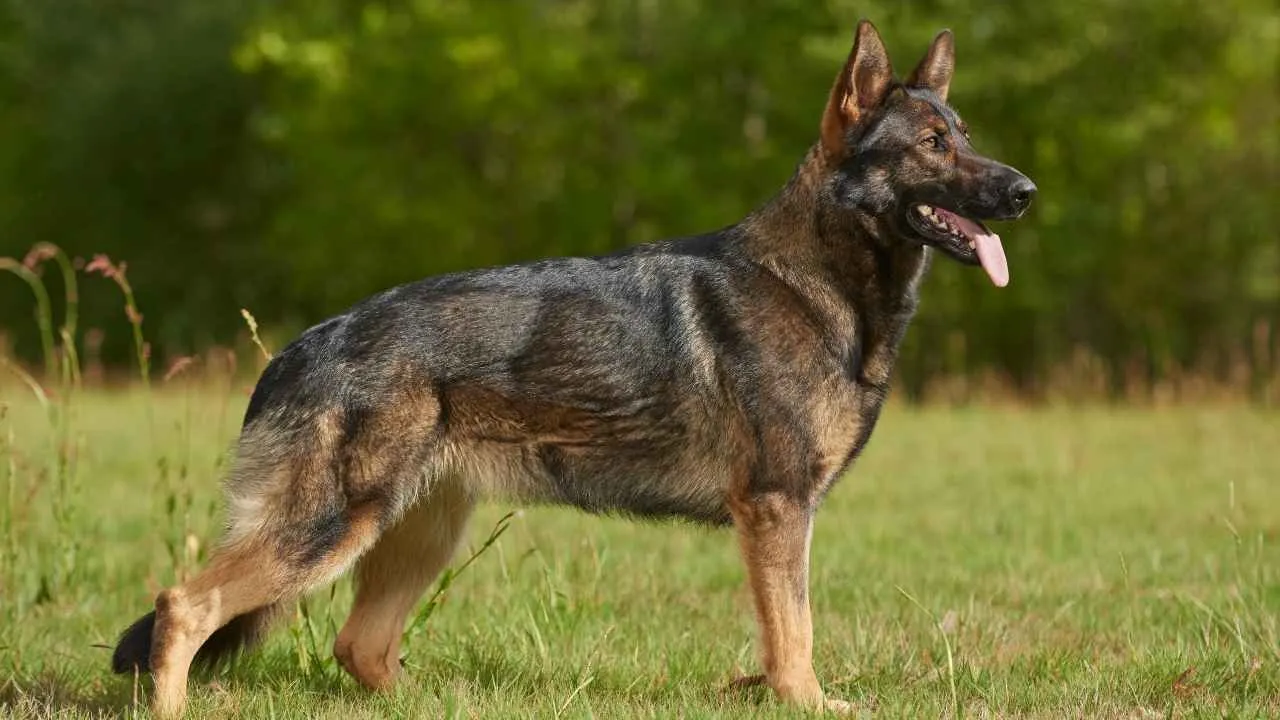
Also known as the Alsatian, the German Shepherd is one of the world’s most recognized working dogs, prized for its intelligence and versatility. PetMD says German Shepherds are large, agile, muscular, and loyal dogs.
Originating in Germany in the late 19th century, this breed was initially developed to herd and protect sheep. Today, they excel in roles ranging from police and military service to guide work and search-and-rescue operations.
With a noble, athletic build, German Shepherds can stand up to 26 inches tall and weigh between 50–90 pounds. Their double coat, which sheds year-round, comes in a variety of colors, though the classic black-and-tan pattern remains iconic. Confident, courageous, and highly trainable, they belong to the Herding Group and typically live 7–10 years.

Exercise
German Shepherds are high-energy dogs who require daily physical and mental stimulation to thrive. Long walks, agility training, scent games, and obedience work are ideal ways to channel their intelligence and drive.
Without adequate activity, they may develop destructive habits out of boredom. These dogs are best suited for active pet parents who can dedicate time to training and structured play.
Fun fact: German Shepherds were the first breed ever trained as guide dogs for the visually impaired.
3. Border Collie
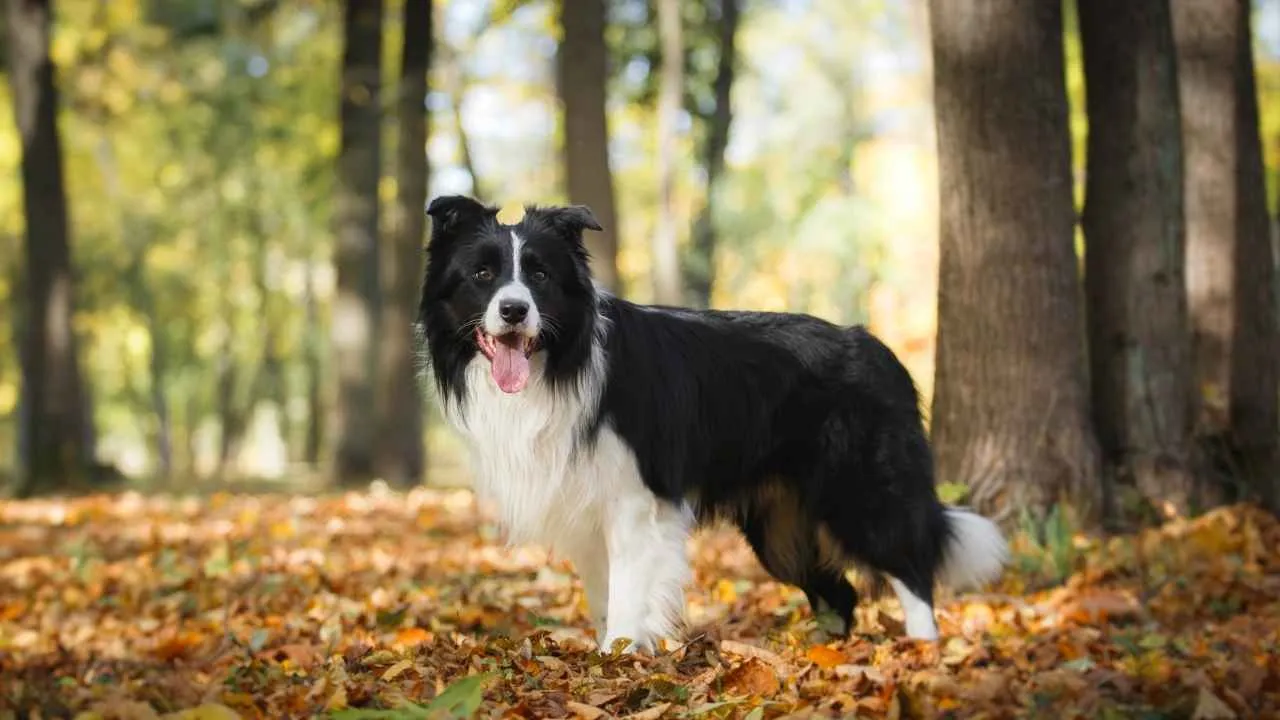
Also known as the “Scotch Sheep Dog,” the Border Collie is celebrated as the world’s top herding breed and ranks first on canine psychologist Stanley Coren’s list of the smartest dogs. WebMD says Border Collies were bred to be intelligent and obedient herding dogs, primarily tending sheep but also managing other livestock.
This medium-sized, athletic worker typically stands 18–22 inches tall and weighs 30–55 pounds. With a life expectancy of 12–15 years, they are built for agility and endurance, boasting either a rough or smooth double coat in various colors and patterns.
Almond-shaped eyes radiate intelligence, and their signature “herding eye” can lock onto livestock—or your lunch—with laser focus.
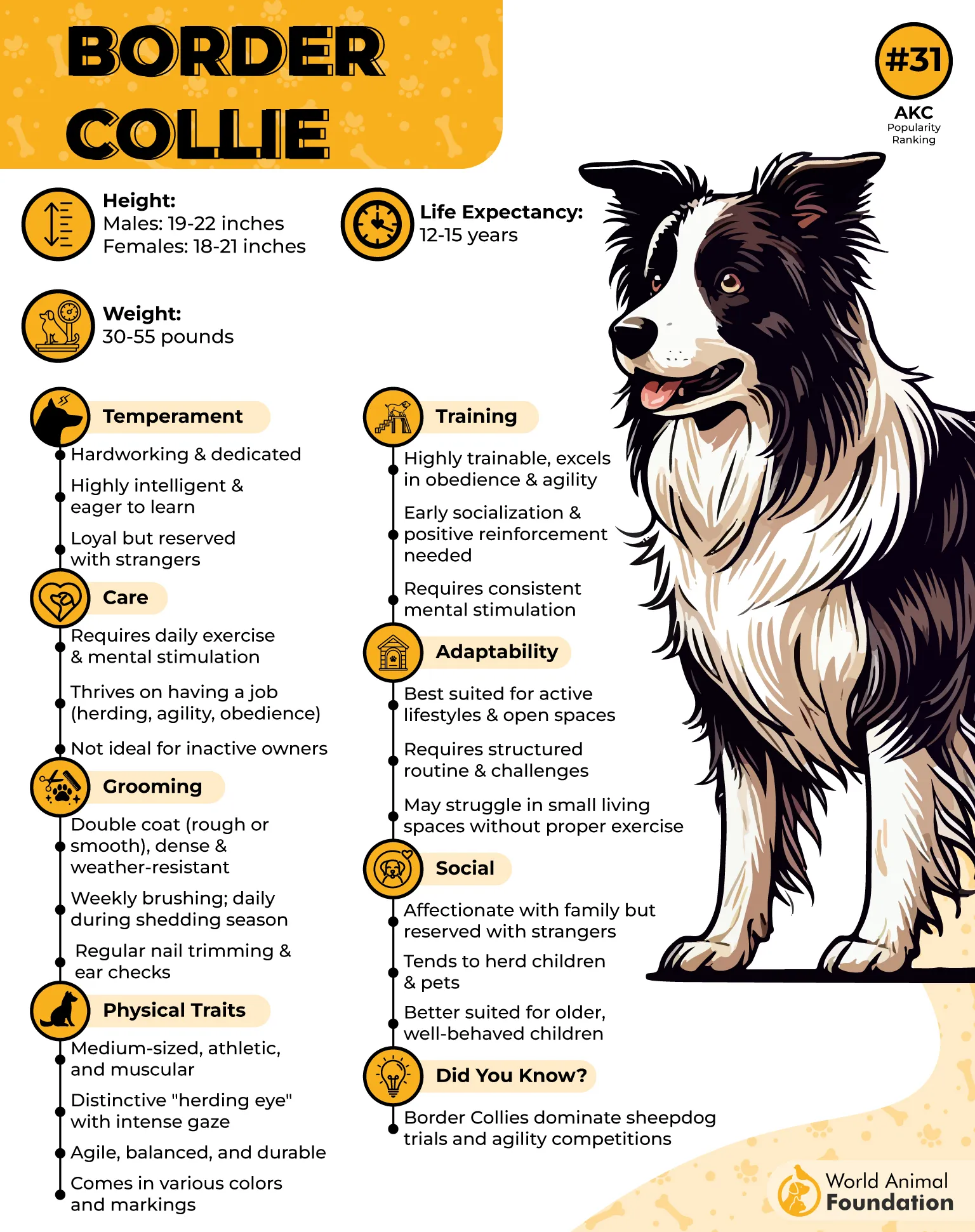
Exercise
Border Collies are born to move and think. They require a blend of vigorous physical activity and mental stimulation to remain happy and well-behaved.
A healthy adult should enjoy at least 2 hours of high-quality daily exercise, which can include herding, agility training, obedience work, or advanced trick practice.
Without enough activity, their boundless energy and sharp minds can lead to mischief. Early socialization with people and animals is essential, especially for those kept as pets rather than working dogs.
Fun fact: Many Border Collies can learn a brand-new command in under five seconds and follow it correctly 95% of the time.
4. Labrador Retriever
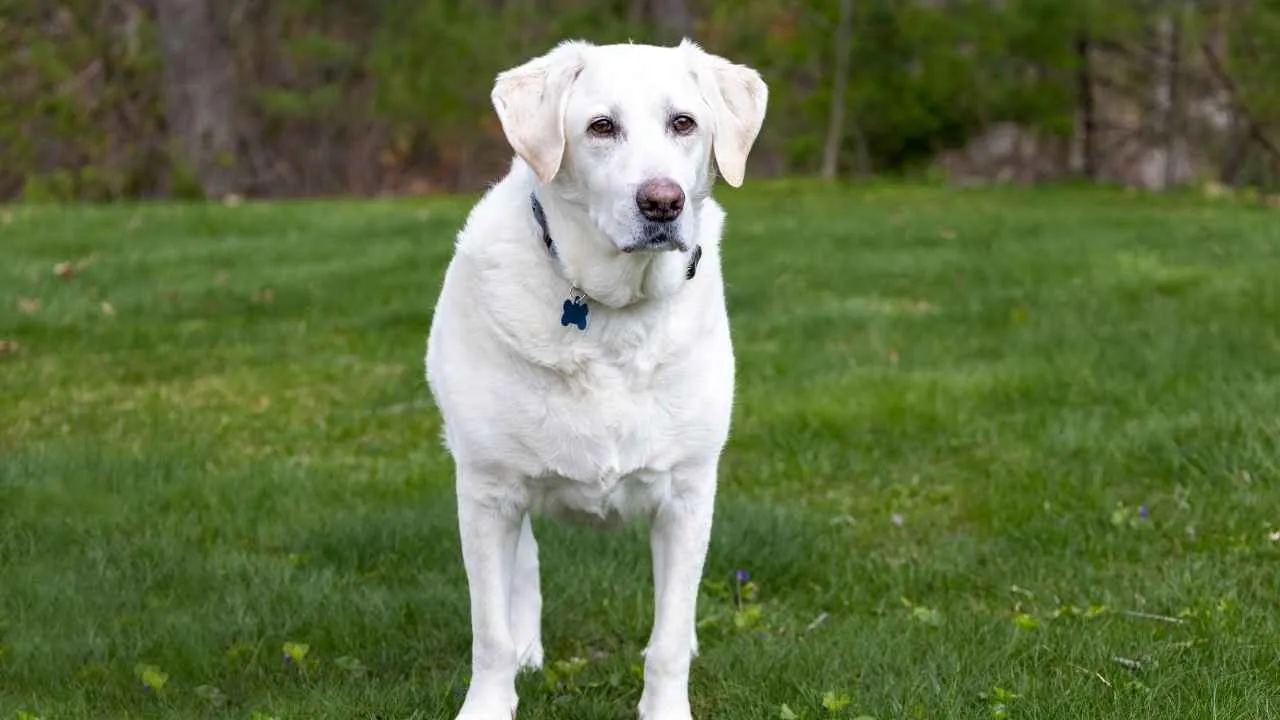
Also known simply as the “Lab,” the Labrador Retriever is one of the most beloved and recognizable dog breeds worldwide. Originating in Newfoundland, Canada, they were initially bred to assist fishermen by retrieving nets and hauling in fish, later gaining fame as skilled waterfowl retrievers.
Labs belong to the Sporting Group and typically stand 21.5 to 24.5 inches tall, weighing between 55 and 80 pounds. Their dense, water-resistant double coat—available in yellow, black, or chocolate—pairs with webbed toes and a thick “otter tail” for exceptional swimming ability.
Known for their friendly temperament, keen intelligence, and adaptability, they thrive both as family companions and working dogs in roles such as therapy, search-and-rescue, and service assistance.
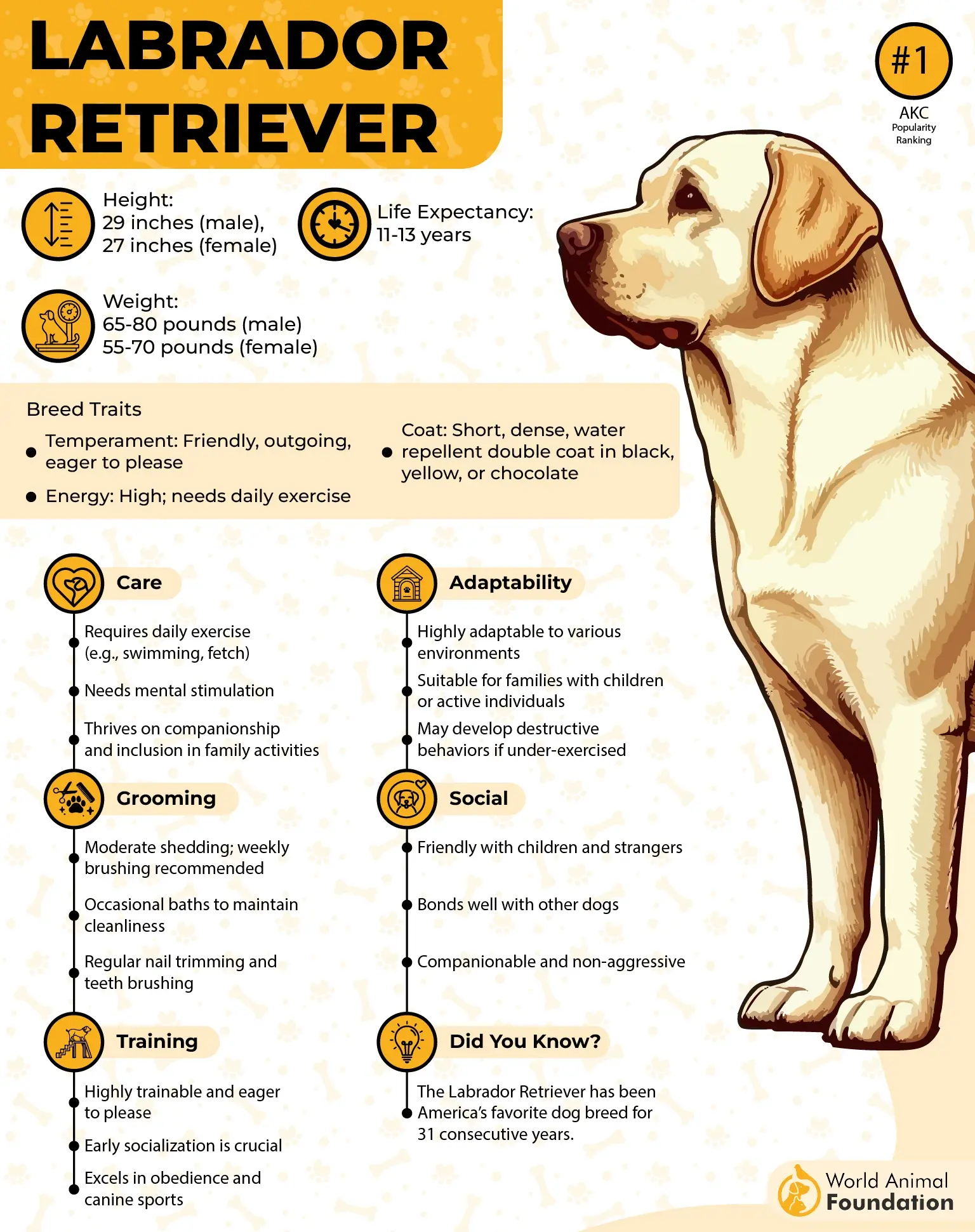
Exercise
Labrador Retrievers are energetic athletes who need ample activity to stay happy and healthy. A healthy adult Lab usually requires around 2 hours of daily exercise, which can include swimming, running, hiking, or spirited games of fetch.
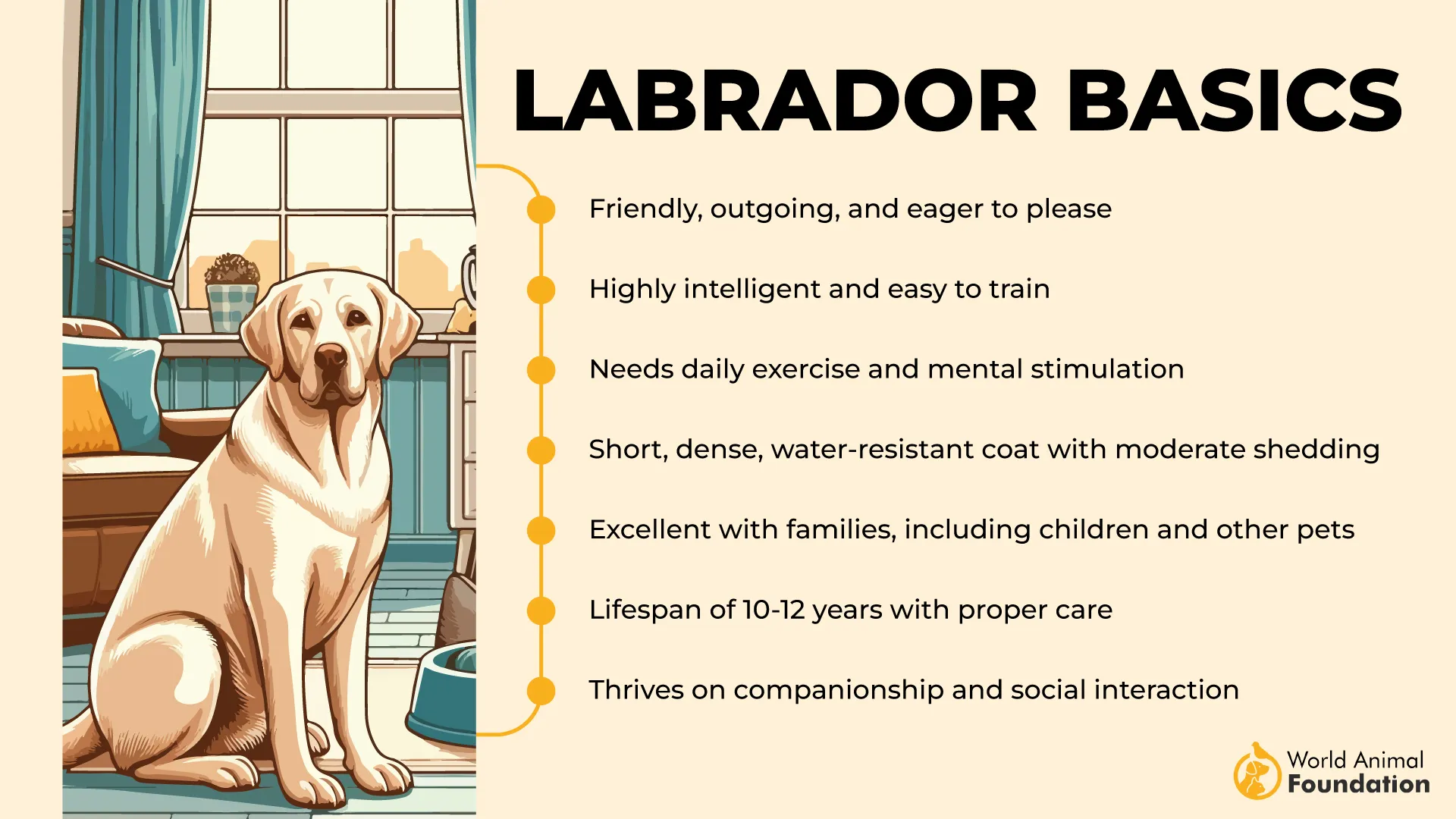
Their mental sharpness also benefits from training sessions, puzzle toys, and interactive play. Without sufficient activity, Labs can become restless and may develop undesirable behaviors—making regular exercise vital for their well-being.
Fun Fact: Labrador Retrievers can learn over 250 words and understand basic counting, showcasing intelligence on par with a 2-year-old child.
5. Toy Poodle
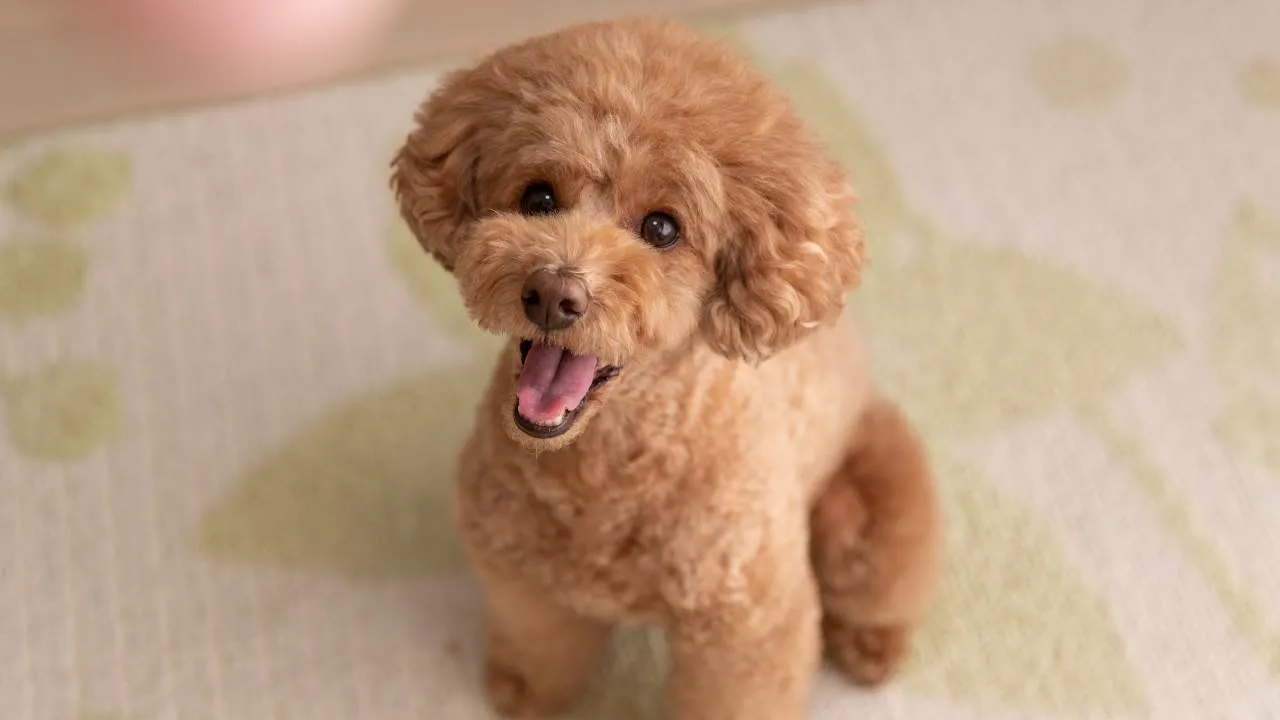
Also known as the “Toy-sized Poodle,” this charming miniature is the smallest of the Poodle varieties, standing no taller than 10 inches and typically weighing between 4–6 pounds.
Despite their petite build, Toy Poodles carry themselves with elegance and confidence, their square proportions and curly, low-allergen coats giving them an unmistakable silhouette.
Originally bred as water retrievers, Poodles—regardless of size—share a history rooted in athleticism and skill. The Toy Poodle’s keen intellect, affectionate temperament, and adaptability have secured its place as both a sophisticated companion and a family favorite.
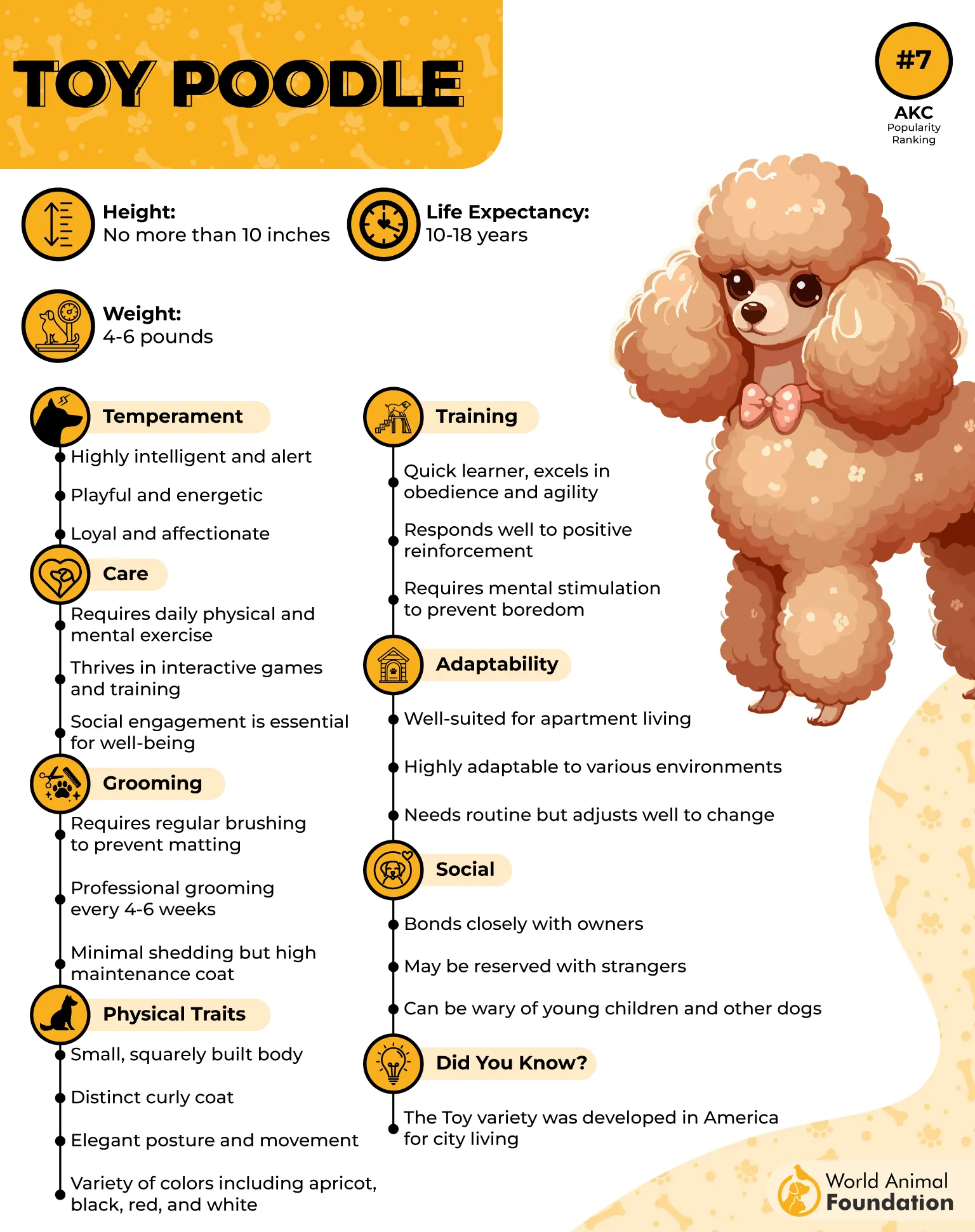
Exercise
Though small, Toy Poodles are far from couch potatoes. These energetic pups thrive on around 40 minutes of daily exercise, which can be a mix of walks, interactive play, and mentally stimulating games.
They excel in obedience and agility activities, enjoying any opportunity to learn new tricks or solve challenges. Because of their size, they require supervision during play with children or larger dogs to prevent accidental injuries.
Fun Fact: Toy Poodles are among the most trainable dog breeds and can even anticipate their owner’s actions by reading subtle body language cues.
6. Golden Retriever
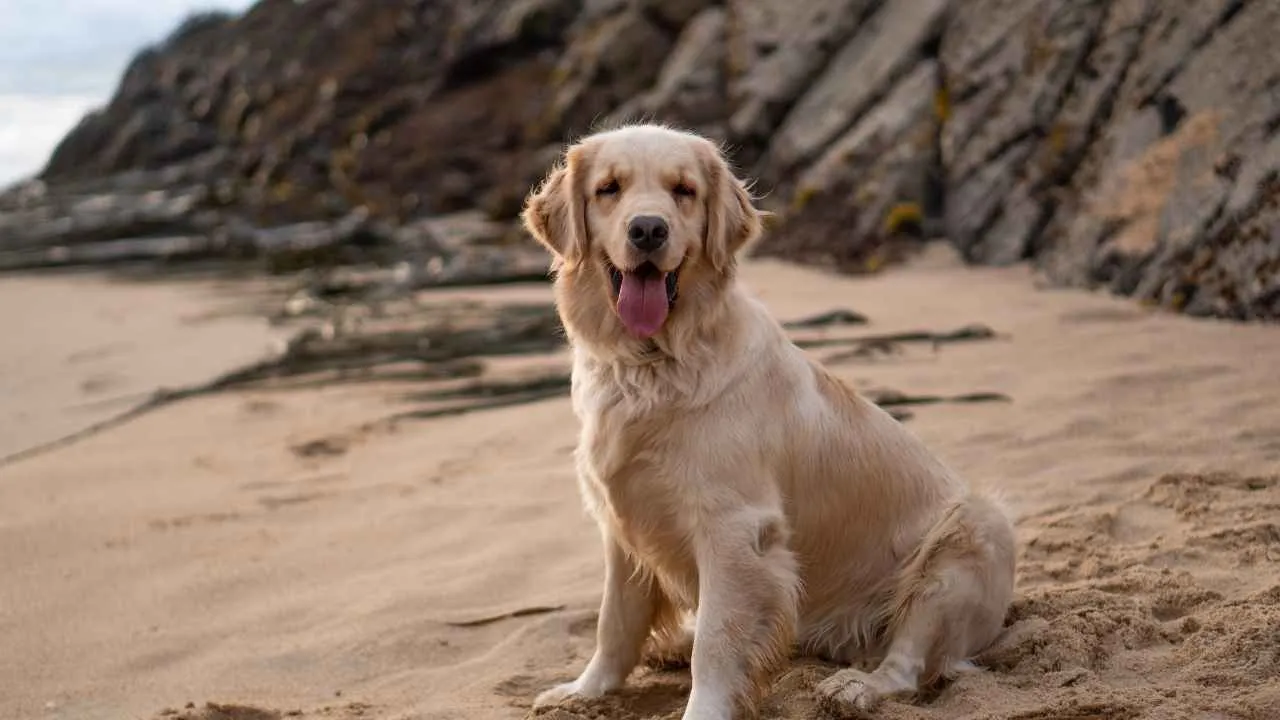
Also known simply as “Goldens,” this exuberant Scottish gundog is among America’s most beloved breeds. Developed in the 19th century at the Guisachan estate of Lord Tweedmouth in Inverness-Shire, Scotland, the breed was originally intended for retrieving waterfowl.
Standing 23–24 inches tall and weighing 65–75 pounds, Golden Retrievers are sturdy, muscular, and instantly recognizable by their dense, lustrous golden coats. With a broad head, intelligent eyes, and a feathery tail carried with a “merry” action, they exude both elegance and athleticism.
They excel in hunting, therapy work, search-and-rescue, and competitive sports like agility and obedience. Known for their outgoing, eager-to-please temperament, they thrive as loyal family companions and skilled working dogs.

Exercise
Golden Retrievers are high-energy dogs that require at least two hours of exercise daily. Splitting this into multiple sessions—such as brisk walks, swimming, and playtime—helps keep them physically fit and mentally stimulated.
Their retrieving instincts make fetch games especially rewarding, and integrating training into exercise can keep their sharp minds engaged. Without sufficient activity, these active gundogs may develop boredom-related behaviors.
Fun Fact: Despite their goofy, carefree nature, Golden Retrievers are among the top breeds used for guide and service work due to their intelligence and trainability.
7. Australian Cattle Dog
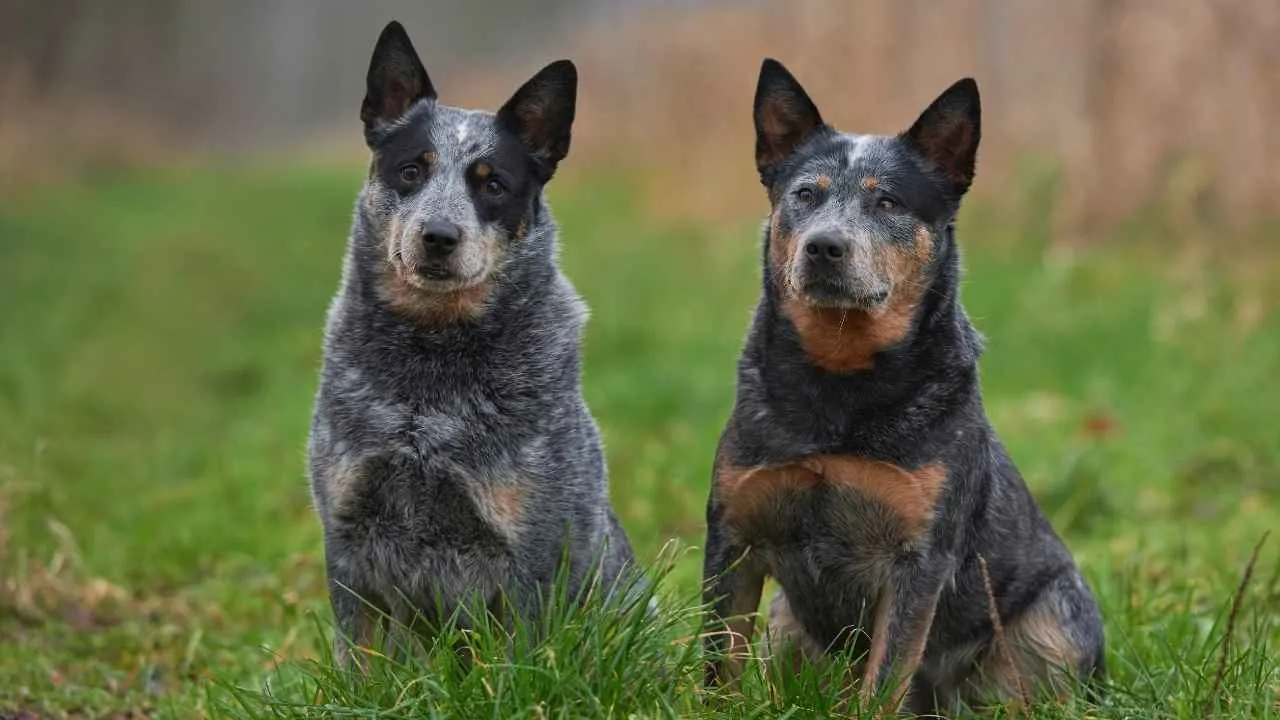
Also known as the Blue Heeler, Red Heeler, or Queensland Heeler, the Australian Cattle Dog is a compact, muscular herding breed with deep roots in Australia’s ranching history.
Bred from crosses between herding dogs and the wild Dingo, this resilient worker was developed to drive cattle across vast, rugged landscapes.
Standing 17–20 inches tall and weighing 30–50 pounds, they boast a sturdy, agile frame and a weather-resistant coat that begins white at birth and matures to a striking blue-gray or red, often with mottling or speckling.
Their sharp intellect, unwavering loyalty, and instinctive guarding nature make them outstanding partners for active, experienced owners. With a life expectancy of 12–16 years, they thrive in homes that can match their boundless energy and mental drive.
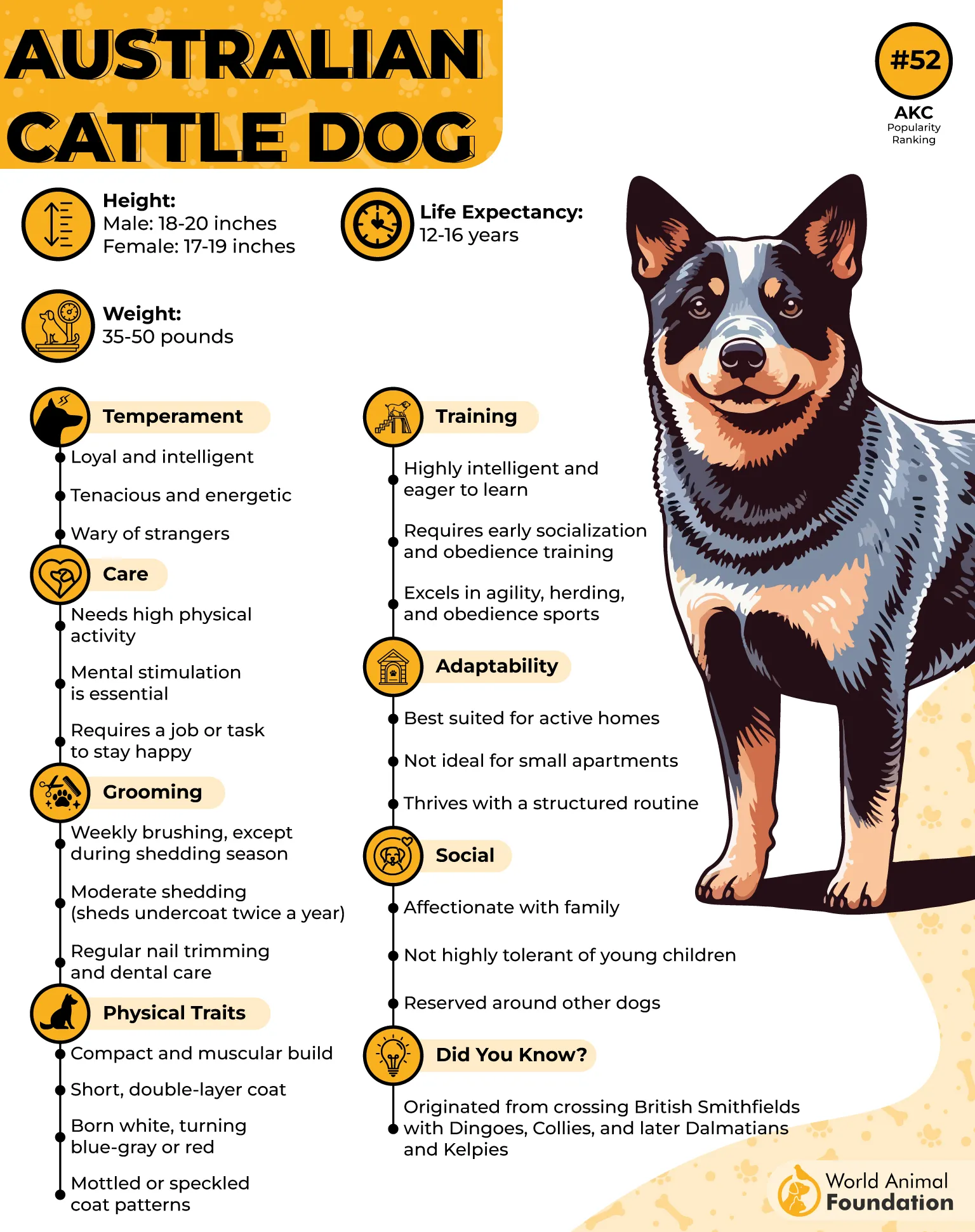
Exercise
The Australian Cattle Dog’s day is incomplete without serious activity. They require more than two hours of daily exercise, blending physical and mental challenges. Agility courses, herding trials, and endless games of fetch keep them engaged and content.
Without adequate stimulation, their cleverness may turn to mischief, so structured tasks and varied routines are essential to channel their working instincts.
Fun fact: These intelligent dogs rank among the smartest breeds and are known to routinely outwit their owners.
8. Miniature Schnauzer
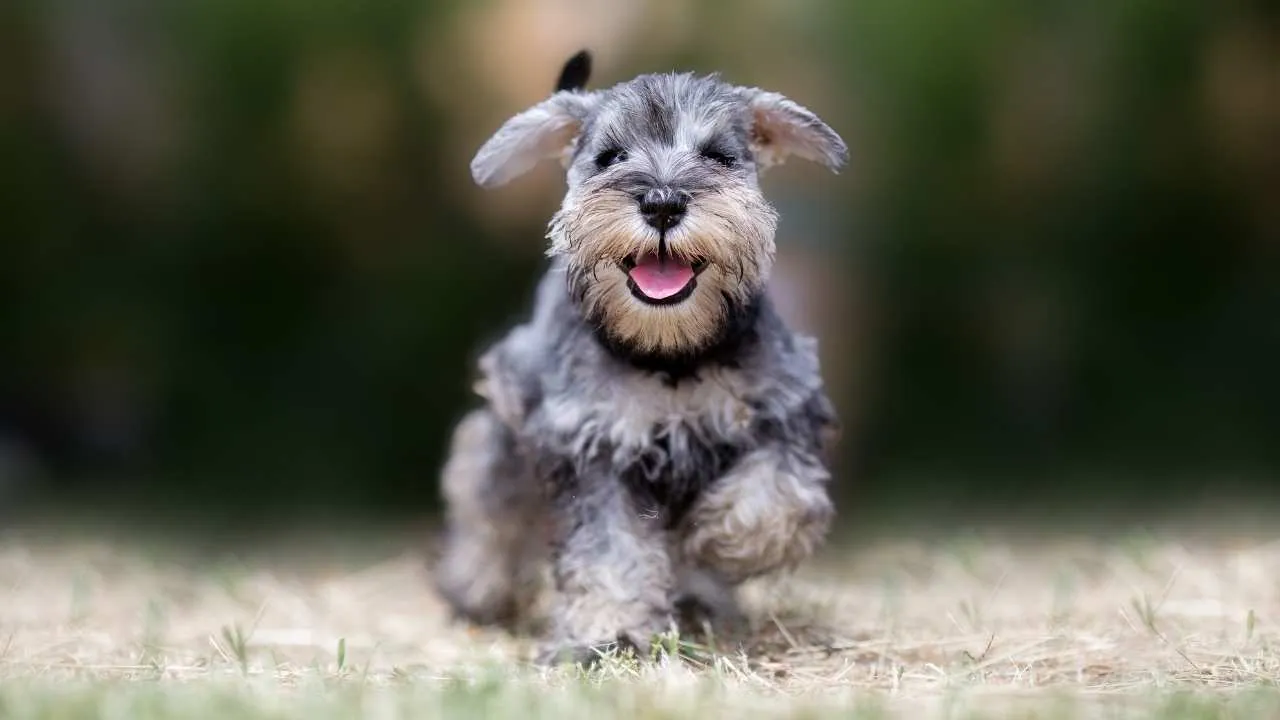
The Miniature Schnauzer, the smallest of the Schnauzer trio, is a spirited and intelligent companion with a rich history as an all-around farm dog and ratter. Bred down from the Standard Schnauzer in Germany, these sturdy little dogs stand 11–14 inches tall, weigh 10–15 pounds, and enjoy a life expectancy of 12–15 years.
Their signature bushy eyebrows and beard give them a charming, almost human-like expression, while their wiry coats—seen in salt-and-pepper, black-and-silver, or solid black—add to their distinctive look.
Friendly, adaptable, and fiercely loyal, Miniature Schnauzers are equally comfortable patrolling acres of land or curling up in an apartment.
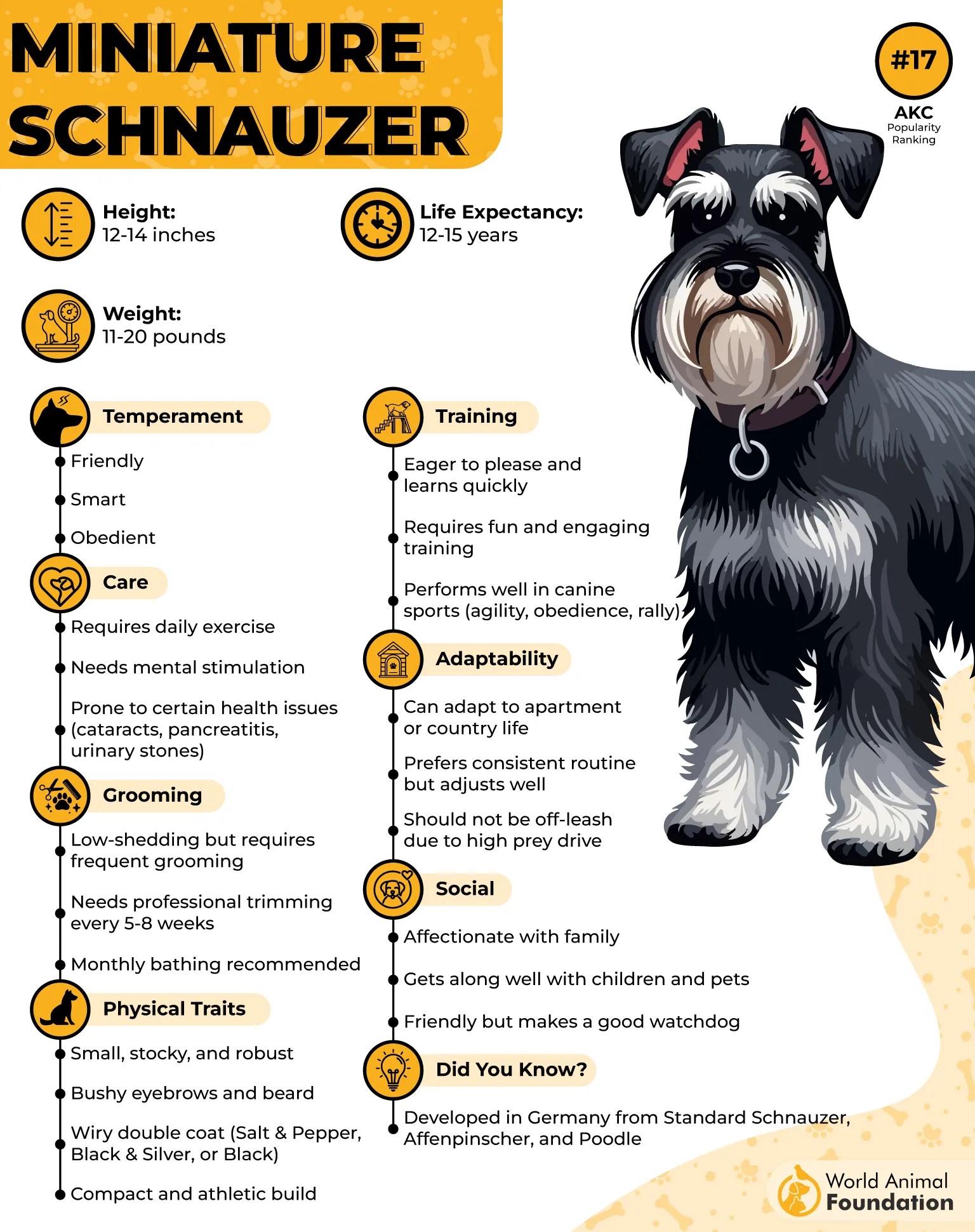
Exercise
Though small, Miniature Schnauzers are lively and thrive on 30–60 minutes of daily activity. This can include brisk walks, energetic play sessions, and mentally stimulating challenges such as obedience training.
Their working-dog background means they need both physical and mental exercise to stay happy and well-behaved. Without it, these clever pups may find their own—often mischievous—ways to stay entertained.
Fun fact: According to canine intelligence expert Dr. Stanley Coren, Miniature Schnauzers can learn a new command in just 5–15 repetitions and are likely to obey on the first try—hallmarks of true working intelligence.
Conclusion
The world of popular, brainy dog breeds everyone adores is full of variety, personality, and charm. While intelligence is a big draw, these clever canines also win hearts with their loyalty, adaptability, and companionship.
Whether you’re looking for a quick-learning puppy, a steady best friend for the kids, or a social companion who gets along with other dogs, other pets, and even cats, there’s a breed to fit your lifestyle. Many thrive as active partners for sporty family members, while others balance their energy level with moments of calm affection.
Of course, brains come with responsibilities. From meeting their mental and physical needs to providing regular grooming for certain breeds, thoughtful care ensures these dogs shine. Even breeds not covered here, like the gentle bulldog, can surprise you with their unique smarts and loyalty. With the right food, training, and attention, your chosen companion will be more than a pet—they’ll be an irreplaceable part of the family.


